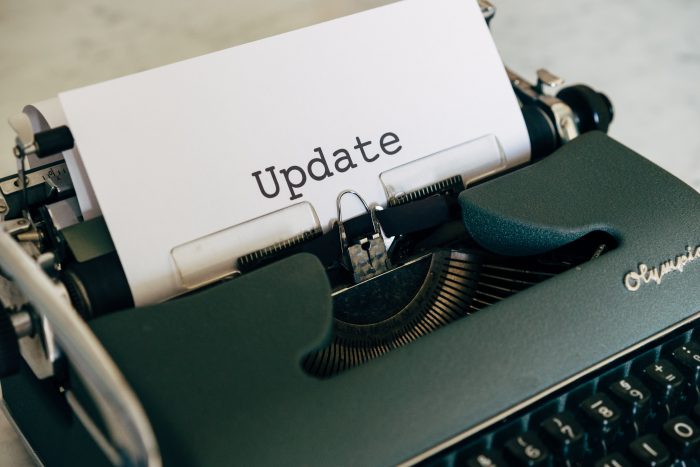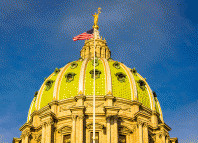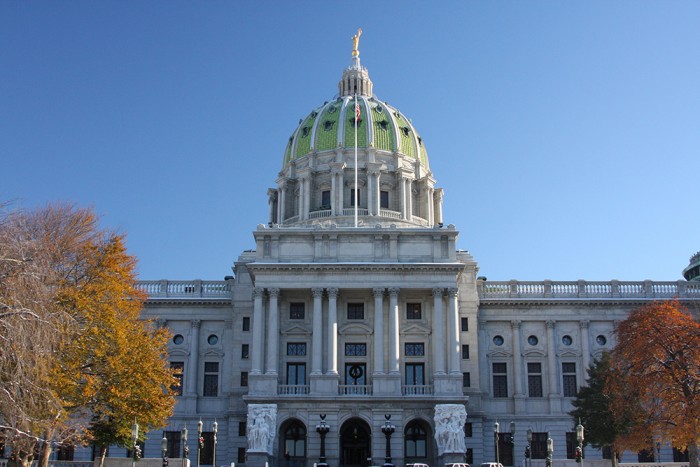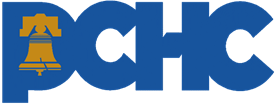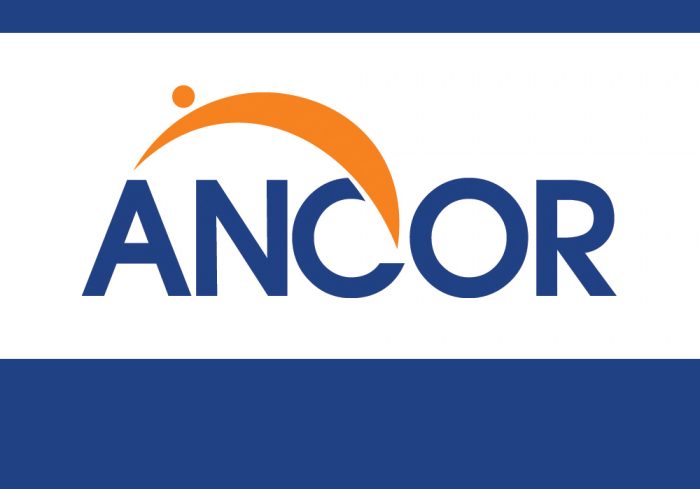2022 Moving Mountains Awards: Best Practices in Direct Support Workforce Development Applications Now Open
OMHSAS Releases HCBS Workforce Funding FAQ
The Office of Mental Health and Substance Abuse Services (OMHSAS) has just published an FAQ on the Home & Community-Based Services (HCBS) workforce support payments. Any remaining questions may be sent to the RA Account.
Please note that after receiving anticipated payment amounts on the attestation forms that were sent to providers at the locations of qualifying services, some providers alerted us to apparent irregularities in the payment amounts. OMHSAS is pulling our data and rerunning our formulas to ensure that payments are based on proper calculations and a balanced distribution of funds. Revised attestation forms will be sent to any providers who may have been impacted in their total allocation (positively or negatively) with a new due date in early March.
RCPA continues to work with its members and OMHSAS on the attestation and allocation process. Please contact your RCPA Policy Director for guidance or questions.
Governor Wolf’s 2022/23 Budget: Initial Overview
Today, RCPA staff watched the Governor’s budget address and attended the Department of Human Services (DHS) 2022/23 Budget Overview webinar. After listening to the Governor and DHS, there were some positive takeaways for RCPA members. Specifically, the Governor is requesting:
- $50 million, or a 44% increase to state supplemental programs for aged, blind, and individuals with disabilities, to increase the personal care home state supplement from $439.30 to $1,351.80 per month;
- $75 million in federal funds to recruit and retain behavioral health providers;
- $36.6 million to invest in critical county behavioral health services;
- $15 million in federal funds to stabilize payments to substance use disorder treatment providers and assist with pandemic related expenses; and
- $18.8 million to serve an additional 832 individuals with intellectual disabilities and autism currently waiting for services.
The Governor also proposed increasing the state’s minimum wage to $12 per hour effective July 1, 2022, including tipped workers, with 50 cent annual increases up to $15 per hour ($74.6 million direct revenue increase).
The above are some highlights from both the Governor’s budget request and the DHS presentation. While some of the Governor’s asks may seem beneficial to members, RCPA staff will be reviewing the more detailed spreadsheets we received from the Governor’s office. Once RCPA staff have had the opportunity to review and analyze these spreadsheets, members will receive a more detailed analysis of the Governor’s budget requests. RCPA plans to have the analysis done as soon as possible, so members can get a clearer picture. If you have any questions, please contact Jack Phillips.
2020–2021 Independent Monitoring for Quality (IM4Q) Statewide Reports Now Available
ODP Announcement 22-013 is to inform all stakeholders that the 2020–2021 Independent Monitoring for Quality (IM4Q) Statewide and COVID-19 Supplement Reports, in addition to Making a Difference in the Lives of People Supported by ODP, a considerations storybook, have been added to the IM4Q section of the MyODP website.
Drug Treatment Specialists, Healthcare Providers Discuss Difficulties in Clinton, Lycoming Counties: RCPA Members White Deer Run and UPMC Quoted
Governor Tom Wolf 2022 Budget Address as Prepared: Press Release
PCHC Hosts “COVID: Long Term Effects” Webinar — March 8, 2022
Date: March 8, 2022
Time: 10:00 am–11:30 am
Register here.
This training on COVID-19 will be a joint effort between PCHC’s nursing and behavioral health departments.
During this training, we will be discussing the history of coronaviruses, including the different variants we have experienced. We will touch on the following: common signs/symptoms of COVID-19 in general and some variant-specific signs/symptoms, including what is known about long COVID; the medical impact of COVID on each body system; and its effects on behavioral health. In addition, we will discuss vaccines and treatments. Information on how to find credible sources of news will be presented and how the loss of trust in science has evolved and contributed to the pandemic.
Presenters:
Pat Abbott, BSN, RN, Community-Based Nurse
Kimberly Thomas, Integrated Health Systems Navigator
ANCOR Capitol Correspondence: U.S. Senate Shifts Gears on Policy Priorities
Information Sharing Advisory Committee (ISAC) Meeting Report and Updates
